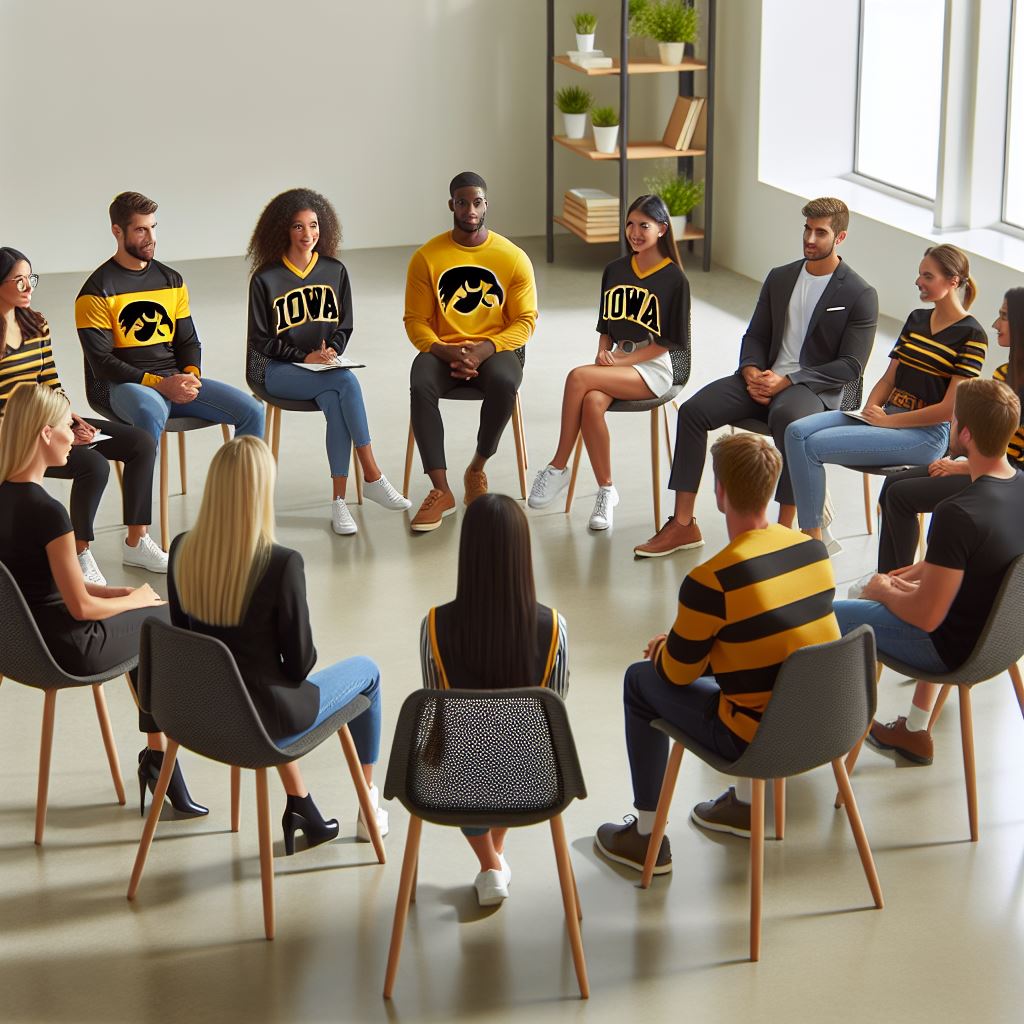Bonus Unit: TOTDWTWACOIRAAEIFANC
50 What counts…focus groups and observations
Ever wondered how researchers get the lowdown on what people really think and why? Enter focus groups! These are like group interviews on steroids, where the magic happens as people chat, share ideas, and bounce thoughts off each other.
Imagine a lively discussion where everyone’s opinions are on the table, and researchers are there to soak it all in. They’re not just interested in the “what” but also the juicy “why” behind those thoughts. It’s like getting a peek into the collective mind!
Or what if you wanted a less direct approach? Say…observation?
Observation is all about watching and recording how people interact in their natural habitats. Researchers can either jump into the action as participant observers (like joining a club) or stay on the sidelines as non-participant observers (like people-watching at a café).
After this unit you should be able to:
What counts…focus groups and observations
Qualitative researchers use a variety of data collection methods to gather rich and nuanced information about communication phenomena. These methods often involve direct interaction with participants and a focus on capturing their perspectives and experiences. Researchers can use one of more for data collection. A combination of two or more can help form a more well-rounded approach. In general, interpretive and qualitative approaches generally involve animate and inanimate data – that is, talking to people (such as in interviews and focus groups), watching people (i.e., observation), or collecting documents (sometimes called archival research).
It is very important that researchers justify the method of data collection. If conducting your own research, the subject and RQs should help you choose the best data collection type.
Some common methods when working with human subjects include:
- Interviews
- Focus groups
- Observations

Creepy AI image created by asking CoPilot to make a picture of people from iowa wearing yellow and black in a focus group. (because when I asked it for “hawkeye fans” it said that might violate something or other. )
Focus Groups
Focus Groups: Explains how focus groups facilitate dynamic interactions among participants with shared characteristics, enabling the exploration of group experiences and perspectives.
Focus groups bring together a small group of participants to discuss a particular topic related to communication. The researcher acts as a moderator, guiding the discussion and encouraging interaction among participants. Focus groups can be valuable for exploring shared experiences and perspectives and generating diverse insights. A researcher investigating the impact of reality television on body image might conduct focus groups with young adults to discuss their perceptions of body image and the influence of reality TV shows.
Understanding these various data collection methods—like the different types of interviews (structured, semi-structured, unstructured, informal), focus groups, and observational techniques—is crucial for ensuring the quality and relevance of the data used for analysis.
Observations
Observations: Describes the different types of observations (participant and non-participant, covert and overt) and their implications for data collection.
Observations involve systematically watching and recording communication behaviors in natural settings. Researchers can choose to be participant observers, actively engaging in the interactions they are studying, or non-participant observers, observing from a distance. For example, a researcher studying communication patterns in online gaming communities might join the community as a participant observer, interacting with other players and observing their communication styles.
Observation in qualitative research “is one of the oldest and most fundamental research methods approaches. This approach involves collecting data using one’s senses, especially looking and listening in a systematic and meaningful way” (McKechnie, 2008, p. 573).
Three types of Observation:
- Descriptive observation: Everything is observed, no matter how small, and is usually done when a researcher is first in a field.
- Focused observation: Things that are irrelevant are ignored and not observed, and is usually done when a researcher has been in a field for a while.
- Selective observation: Researchers concentrate on certain activities based on additional analyses, interviews, coding, and so on, as their time in a field is winding down.
Types of Research Observers
Complete observer
Researchers that have little to no interaction with the people being observed.
Observer-as-participant
Researcher interacts casually with participants, but still remains primarily an observer, and does not become a member of the group being studied.
Peripheral-member researchers
Researchers who have some level of involvement with a group without core group involvement.
Active-member researchers
Researchers that become involved with central activities of the group but do not fully commit themselves to the group.
Complete observer
Researchers that have little to no interaction with the people being observed.
Observer-as-participant
Researcher interacts casually with participants, but still remains primarily an observer, and does not become a member of the group being studied.
Peripheral-member researchers
Researchers who have some level of involvement with a group without core group involvement.
Active-member researchers
Researchers that become involved with central activities of the group but do not fully commit themselves to the group.
Complete-member researchers
Researchers who study settings in which they are already members or with which they are already affiliated.
WHAT do they observe?
Observations —A method to understand the duties, limitations, motivations, and feelings that participants encounter while carrying out their daily activities
➔ People: Who is involved
➔ Setting/context/scene
➔ Communication Act/interactions
➔ Impressions
➔ How/when/where do they communicate?
➔ What does their communication mean?
